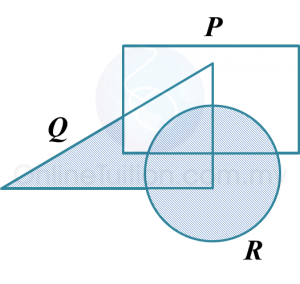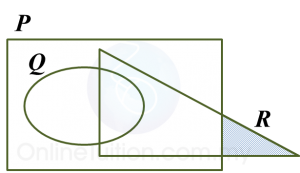(B) Equation of Parallel Lines
To find the equation of the straight line which passes through a given point and parallel to another straight line, follow the steps below:
Step 1 : Let the equation of the straight line take the form y = mx + c.
Step 2 : Find the gradient of the straight line from the equation of the straight line parallel to it.
Step 3 : Substitute the value of gradient, m, the x-coordinate and y-coordinate of the given point into y = mx + c to find the value of the y-intercept, c.
Step 4 : Write down the equation of the straight line in the form y = mx + c.
Example 2:
Solution:
4y+3x=124y=−3x+12y=−34x+3∴m=−34At (−8,2), substitute m=−34, x=−8, y=2 into:y=mx+c2=−34(−8)+cc=2−6c=−4∴ The equation of the staright line is y=−34x−4.
Find the equation of the straight line that passes through the point (–8, 2) and is parallel to the straight line 4y + 3x = 12.
Solution:
4y+3x=124y=−3x+12y=−34x+3∴m=−34At (−8,2), substitute m=−34, x=−8, y=2 into:y=mx+c2=−34(−8)+cc=2−6c=−4∴ The equation of the staright line is y=−34x−4.



















